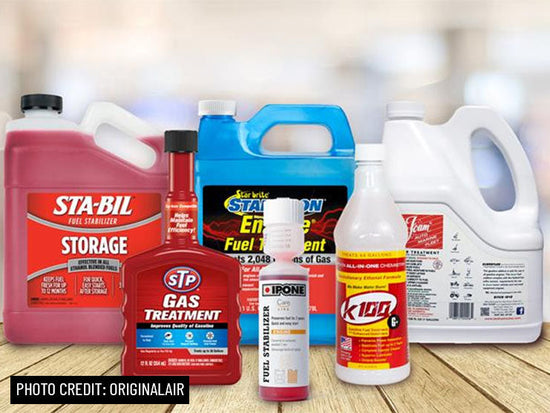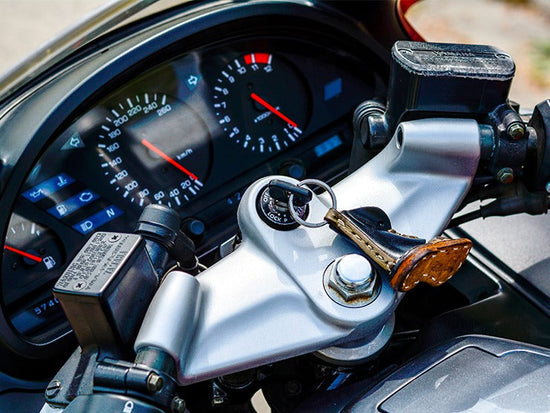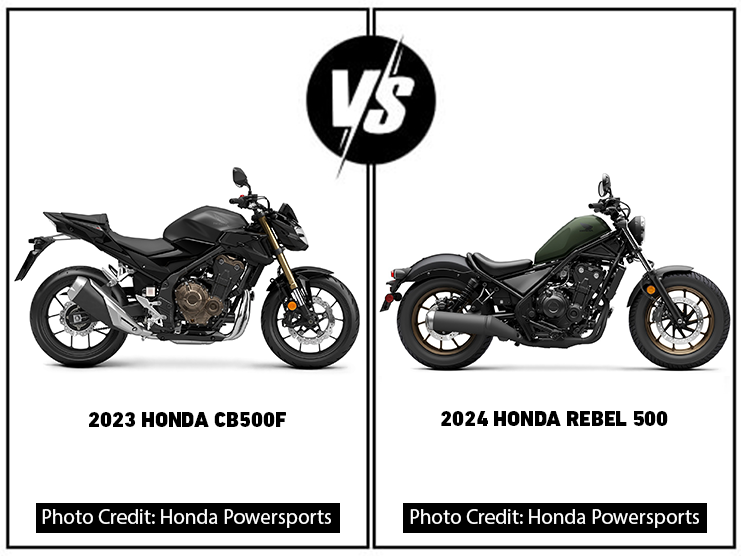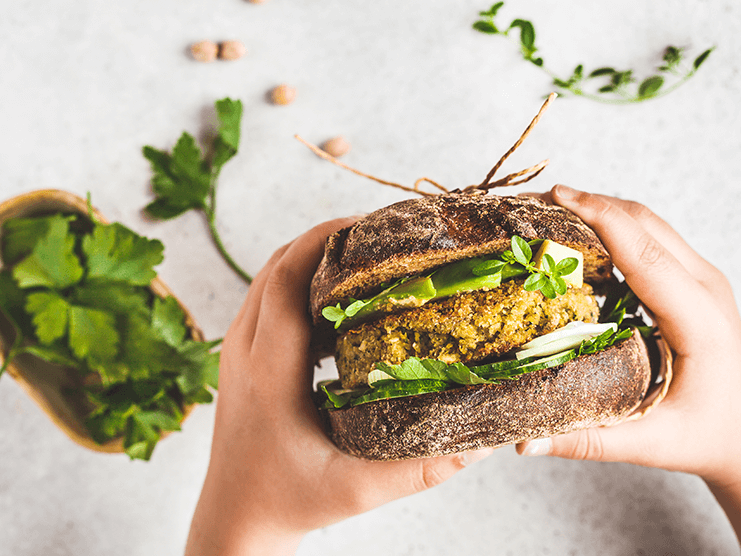Table of Content
Like humans live on food, motorcycles rely on Gas to continue running. Though there are other essentials required as well like engine oil, lubricants, and repairs over time, gasoline is the most fundamental need of a motorcycle. Considering the type, construction, functionality, level of performance, and needs, a motorcycle may require a different type of fuel for normal operation.
Most new riders may be unaware of the different fuel types available in the market. They may also be unsure about the type of fuel best suited for their motorbikes. It is probably because they never bothered to check the owner's manual. Continue reading this article to learn about different fuel types and choose the right fuel for your motorcycle.
1. Why Is It Important to Choose the Right Fuel for Your Motorcycle?
There are different types of fuels, depending on their octane rating and other additives. You must be familiar with the type of fuel best suited for your motorcycle. If you don’t fill your tank with the right fuel, you will start noticing several issues with your motorcycle developing over time. These include:
- Poor mileage
- Poor acceleration
- Engine starts missing
- Knocking engine sound
- Motorcycle becomes slow
- Starting issues
- Engine stalling
These are the symptoms through which you can easily identify bad fuel in your motorcycle’s gas tank. Your motorcycle’s performance will drop gradually if you do not use the right fuel. Using the right fuel in your motorcycle can help attain optimal engine performance and make the engine live longer.
2. Type of Fuel Based on the Octane Rating
2.1 Octane Rating / Octane Number
Fuels are usually classified depending on their octane rating. The octane rating tells us about the octane content in the fuel which ranges from 0-100. The more the octane rating is, the better the quality of fuel will be. A higher octane number denotes that the fuel is more stable and it resists knocking sounds. The one key reason why the best-quality fuel with a higher octane rating is less likely to produce a knocking sound is that it avoids self-ignition due to heavy compressions inside the engine.
A fuel with a higher octane number also ensures better combustion as it is completely consumed, providing better fuel mileage and output.
In the U.S., you will find three types of fuels available at almost every gas station depending on the octane rating.
Types of Fuel Based on Octane Rating | ||
Classification |
Octane Number / Rating |
Description |
Regular |
87 |
It is the cheapest with a low octane number |
Midgrade |
89-90 |
Medium-quality fuel with mid-range octane number |
Premium |
91-94 |
The best-quality fuel and is the most expensive |
3. Leaded Fuel
The addition of lead in the gasoline results in a better octane rating which is considered a plus point. Leaded fuel was once the most common type of fuel used in vehicles but as a result of continuous research in this field, turned out that it is quite harmful to health.
3.1 Why Should Leaded Petrol Not be Used?
Lead is the worst by-product produced as a result of gasoline combustion inside an internal combustion engine. Long-term exposure to lead can cause heart issues, kidney failures, and damage to the brain.
3.2 Is Leaded Fuel Banned?
In light of the risks and health problems caused by the leaded fuel, the authorities all over the world decided to not only discourage but to ban this fuel to avoid further harm. As a result, leaded fuel was banned on January 1st, 1996 in the U.S. In India, it was banned in March 2000.
Several underdeveloped countries continued producing and using leaded fuel. The United Nations (UN) had to take charge and resultantly, 2021 marked the last year of leaded gasoline after Algeria stopped producing it.
4. Unleaded Fuel
Another very important fuel type is the unleaded fuel. As the name suggests, unleaded fuel does not contain lead compounds, particularly tetraethyl lead which results in the most pollution. As the number of motorcycles on the road is increasing, they are becoming one of the major sources of emitting lead in the environment.
Unleaded fuel is mostly used in modern vehicles. You will find unleaded fuel in regular, midgrade, and premium qualities at a gas station.
5. Ethanol Fuel
So far, we have mostly discussed gasoline which is the most common fuel type widely used in motorcycles whether it is a cruiser, touring bike, or sports bike. Though gasoline ensures a smooth experience and better ignition, it has several drawbacks in terms of environmental degradation. In the current times, fuel scientists have tried their best to keep the negatives at their lowest possible magnitude by reducing the lead content and increasing the octane number.
5.1 Why Is Ethanol Fuel a Better Option?
On the contrary, ethanol fuel was introduced to tackle the pollution issues as a greener option. It is a comparatively newer and better option to reduce environmental risk due to which it became popular. Ethanol has abundant oxygen content which helps in better and complete fuel combustion. When the fuel is burnt completely, it leaves only a negligible amount of harmful gases emitting from the exhaust system.
5.2 Is Ethanol Fuel Bad for Your Motorcycle?
Turns out, the ethanol fuel is only suitable for a few modern motorbikes that are designed to be ethanol-compatible. Though ethanol fuel was used as a preferred option for being environmentally friendly, it is also identified to cause several severe issues with your motorcycle and degrades its performance abruptly.
5.3 How Does Ethanol Fuel Damage Your Motorcycle?
Ethanol can kill your motorcycle and degrade its performance to a level where it remains no longer functional. Why? This is because ethanol is a hygroscopic element and it attracts moisture. Once moisture enters your motorcycle’s gas tank due to the presence of ethanol in the fuel, it causes rust formation inside and pollutes the fuel entering the fuel lines, carburetors/fuel injectors, and eventually the motorcycle’s engine.
Once the rust enters the fuel system, it causes several issues with the motorcycle as mentioned in the above section. These include:
- Poor mileage
- Poor acceleration
- Engine starts missing
- Knocking engine sound
- Motorcycle becomes slow
- Starting issues
- Engine stalling
Also Read: Can a Fuel Stabilizer Kill Your Motorcycle?
6. Diesel Fuel
Why motorcycles don’t use diesel as a fuel? This is the question that can come across the minds of new riders. Diesel has several benefits over petroleum but the concern related to pollution is still questionable. The astonishing fact about diesel is that it is highly cost-effective as it can make a motorcycle run more miles on a single tank compared to petrol. On average, as recorded from diesel-powered motorcycles in the past, a diesel engine can provide a fuel economy of 180 mpg and above. Then why it is not a suitable choice?
The problem is with the diesel engines, not fuel. Diesel engines are extraordinarily heavier compared to petrol engines and this is the reason why diesel-powered motorcycles’ production was completely stopped. Diesel engines were only found to be extremely useful in heavy-duty large vehicles.
7. Choosing the Right Fuel for Your Motorcycle
- To know which fuel suits your motorcycle the most, you must consider checking your motorcycle owner’s manual. The owner's manual has all the information, including the type of fuel you should use.
- The type of fuel can vary depending on what type of motorcycle you ride, the engine displacement size, compression ratio, and performance characteristics.
- If you are opting to make any performance modification that includes tweaking your engine, increasing its displacement size, and installing an aftermarket performance exhaust, it can result in a change in fuel requirements.
- Consider the type of motorcycle you ride and its age because they are a good indication of what type of fuel will suit your motorcycle.
- If you want to improve the fuel efficiency and performance of your motorcycle, make sure to use good-quality fuel that suits your bike.
- If you find certain issues with the performance of your motorcycle, especially after refueling, it is probably because the fuel was of degraded quality and had impurities. Make sure you do not go to the same gas station for refueling again.
- You must observe how your motorcycle performs. One of the possible major reasons why your motorcycle is not performing to its fullest is because you are using unsuitable low-quality fuel.
8. Takeaway
Motorcycles can last longer and forever if you take good care of them and their needs. As you only let the best and selected items enter your body, you should be treating your motorcycle the same way. Fuel is the most essential item a motorcycle requires and it must be filtered, clean, and suitable. You should understand what is at stake if you allow poor-quality, unsuitable fuel to enter the motorcycle’s system. A poor-quality, unsuitable fuel can first impact the gas tank and fuel itself by forming rust and then it can clog the fuel lines. The same bad-quality petrol will enter your motorcycle carburetors/fuel injectors and from there, it will eventually reach the motorcycle engine. If you continue using bad fuel on your motorcycle, it will probably die sooner. You must consider checking the motorcycle owner’s manual and observing the performance of your bike closely.
9. Transform Your Bike with Viking Bags
If you do not want to give the impression of an inexperienced rider to the motorcycling community, always keep your motorcycle well-maintained and in good shape. Doesn’t matter which make and model you use, either new or old, you can make it plush with add-ons that without interfering with your motorcycle’s engine can improve its ride quality, comfort, and long-distance performance.
One of the notable names in the motorcycling industry, Viking Bags , offers a list of different luggage bags and aftermarket parts for your motorcycle to make it look elite. You can choose from a variety of options, including saddlebags , tank bags & pouches , tour packs , sissy bar bags , backpacks , and handlebar bags , depending on your preferences.
If your cruiser doesn’t support long-distance traveling, you must visit our online store where you can find parts to transform your bike into a sufficiently capable touring machine. The available touring parts include handlebars , sissy bars , backrests , seats , crash bars , and fairings .







Leave a comment
All comments are moderated before being published.
This site is protected by reCAPTCHA and the Google Privacy Policy and Terms of Service apply.